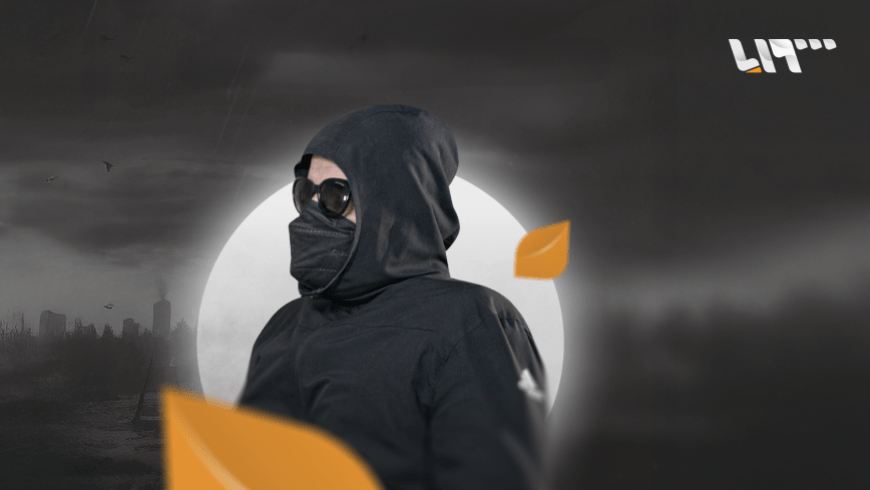“One day, an officer opened a bag containing the body of a woman cradling her infant—both had died together. The signs of torture were unmistakable on her body. That image will never leave me. On another occasion, I lifted a child from a cardboard box. A military boot had crushed half of his skull, the tread mark reaching down to his chest.”
For the first time, the man known as “The Gravedigger” has revealed his identity after years of concealment, driven by fear of reprisal for the harrowing information he holds. As a former member of a covert burial team operating under Syria’s intelligence apparatus, he played a central role in the disposal of detainees and opposition figures who died under torture in security branches and military hospitals.
“The Gravedigger” is now regarded as one of the most important witnesses to the Assad regime’s mass atrocities. In an exclusive interview with Syria TV, airing Thursday at 10:00 PM Damascus time, he recounts the horrors he witnessed while working in mass graves, detailing the psychological torment and security threats he endured throughout his tenure.
The programme also revisits his landmark testimony before the US Congress in June 2022—evidence that helped galvanise international efforts to impose sanctions on the now-deposed Syrian regime.
A Bureaucrat Turned Witness
Mohammed Afif Nayfeh was a civil servant in Damascus Municipality prior to the outbreak of the Syrian revolution in 2011. His life was upended when security officers arrived at his office and ordered him to join a civilian team tasked with burying victims. “When the regime asks something of you, refusal is not an option,” Nayfeh said.
From that moment, Nayfeh was thrust into the machinery of mass burials—work that spanned from 2011 to 2018. After fleeing to Europe and reuniting with his family, he began to reveal the regime’s crimes, offering key testimony before the Koblenz Court in Germany, which tried Assad-era officers for crimes against humanity. During these hearings, Nayfeh asserted that mass burials continued even after his departure, and that he knew the locations of several sites.
A Voice Heard in the Halls of Power
Nayfeh first appeared publicly—dressed in black to protect his identity—before the US Congress in June 2022. He described scenes of horror: “Three trucks would arrive weekly, sometimes twice a week, carrying between 300 and 600 bodies of victims of torture, bombardment, or slaughter,” he testified.
He added that smaller vehicles, often carrying 30 to 40 bodies of civilians executed in Saydnaya Prison, were routinely sent for disposal, in what he described as grotesque and brutal fashion.
Documenting the Graveyards of the Regime
Nayfeh has meticulously documented the locations of mass graves in a documentary broadcast by Al Jazeera. These include the Fourth Division Cemetery, located approximately 22 kilometres from Damascus, and the Marj al-Sultan Airport cemetery, under the Air Force Intelligence Directorate.
Other sites identified include the Najha cemetery, situated behind a civilian graveyard in rural Damascus, and the al-Qutaifa cemetery, located around 50 kilometres from the capital.
He also named key officers involved in these operations, including Major General Dr Ammar Suleiman, head of the Medical Services Directorate and directly linked to Bashar al-Assad, as well as Brigadier Generals Mazen Samandar and Ayman al-Hassan, who supervised body collection and transport to burial sites.
Buried Alive and Silenced Forever
In one of the most chilling testimonies, Nayfeh recounted an incident where a victim began moving inside a transport truck—still alive. A worker began to cry and begged to save the man. But the supervising officer ordered the bulldozer driver to run him over immediately. “The driver didn’t hesitate—had he refused, he would have been next. As for the crying worker, we never saw him again,” Nayfeh said.
The bodies were transported in refrigerated trucks, identified only by codes and numbers rather than names. Most were severely decomposed or mutilated, including children’s bodies. Everything was carried out in close coordination with intelligence agencies, which released the bodies after victims died under torture.
A Turning Point in International Awareness
Nayfeh’s testimony, along with the infamous “Caesar” photographs—leaked by Farid al-Muzahhan, a military forensic officer—played a decisive role in raising global awareness of Assad-era crimes. These revelations contributed directly to the passage of the Caesar Act, imposing sweeping US sanctions on the Syrian regime.
Ironically, during a Harvard conference, Nayfeh called for the easing of those very sanctions—imposed in part due to his own testimony—stating that “the Syrian people are still suffering from them, despite the regime’s fall four months ago.”
Justice for the Graves
The issue of mass graves remains one of Syria’s most intractable humanitarian and legal challenges. According to the Syrian Network for Human Rights, an estimated 136,614 people have been detained or forcibly disappeared since 2011, with over 113,000 still unaccounted for as of the end of 2024.
With more graves continuing to be uncovered, the need for an international framework for documentation and accountability grows ever more urgent. Nayfeh’s courage in breaking his silence has illuminated one of the darkest corners of Syria’s history—offering a vital testimony that may one day serve as the foundation for justice.
This article was translated and edited by The Syrian Observer. The Syrian Observer has not verified the content of this story. Responsibility for the information and views set out in this article lies entirely with the author.


